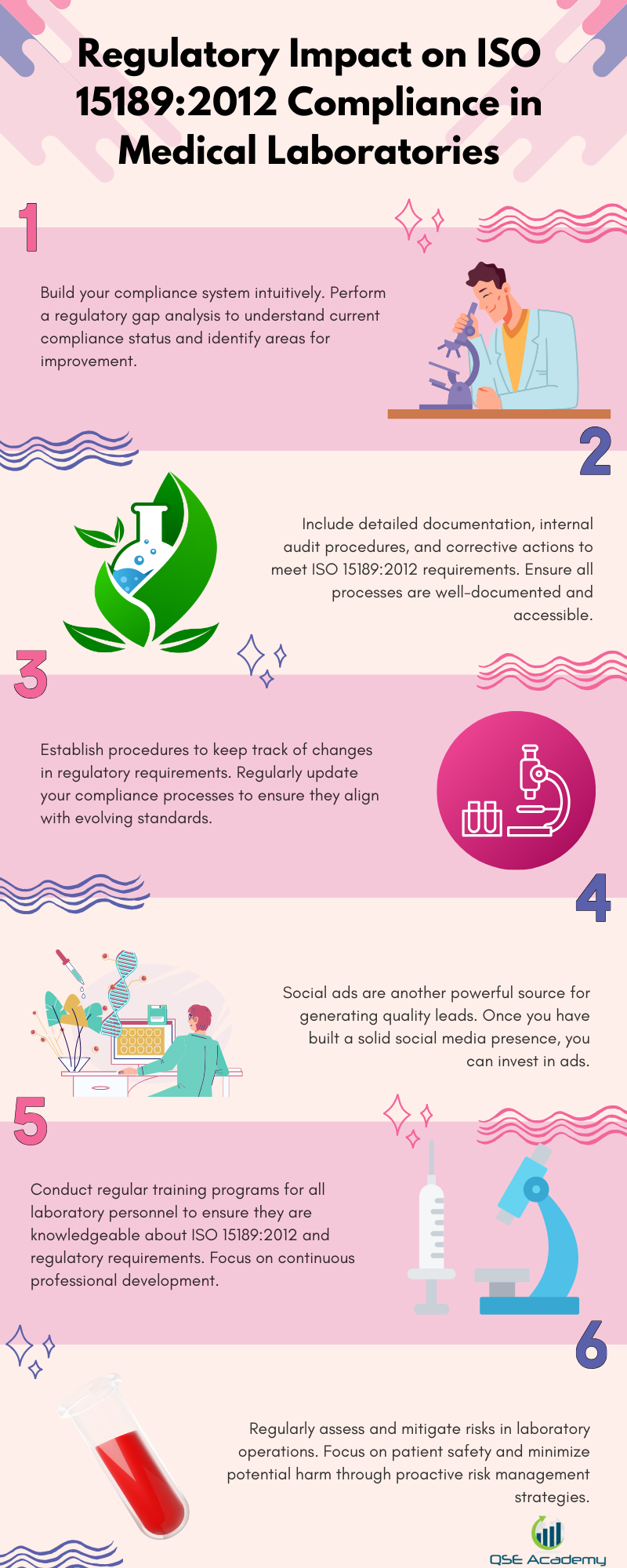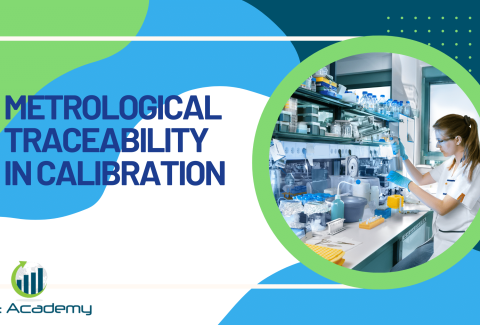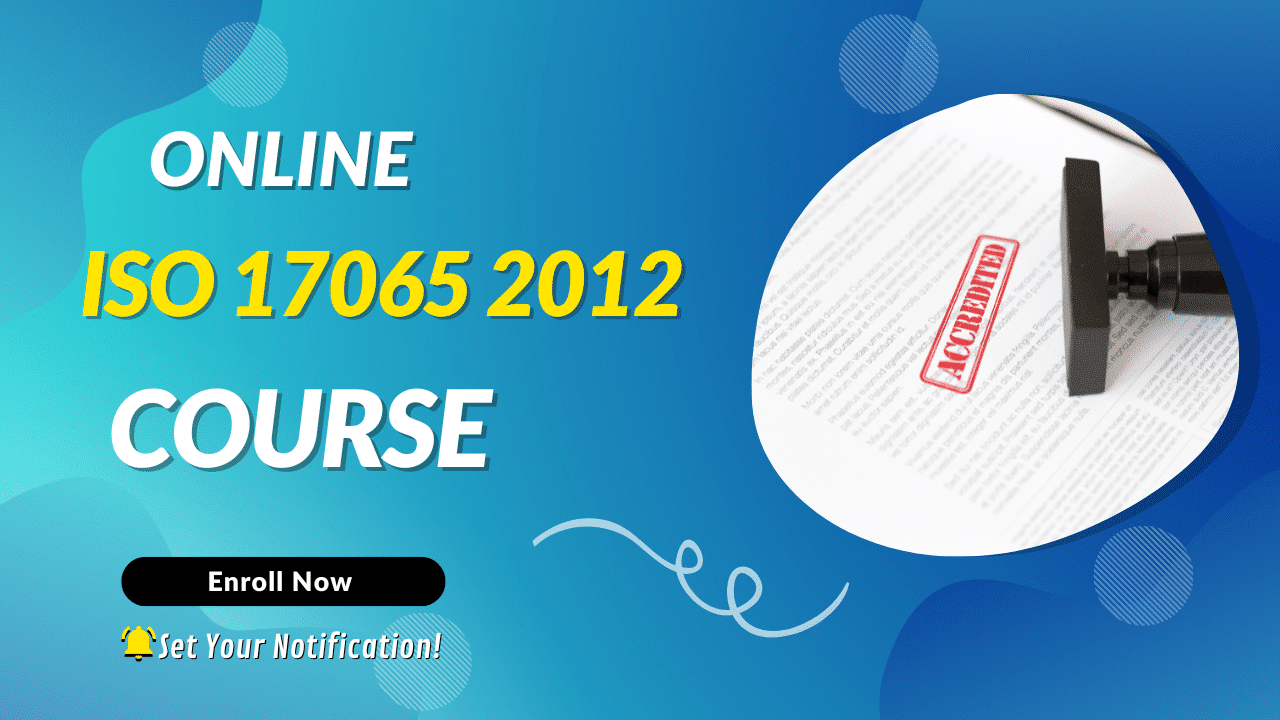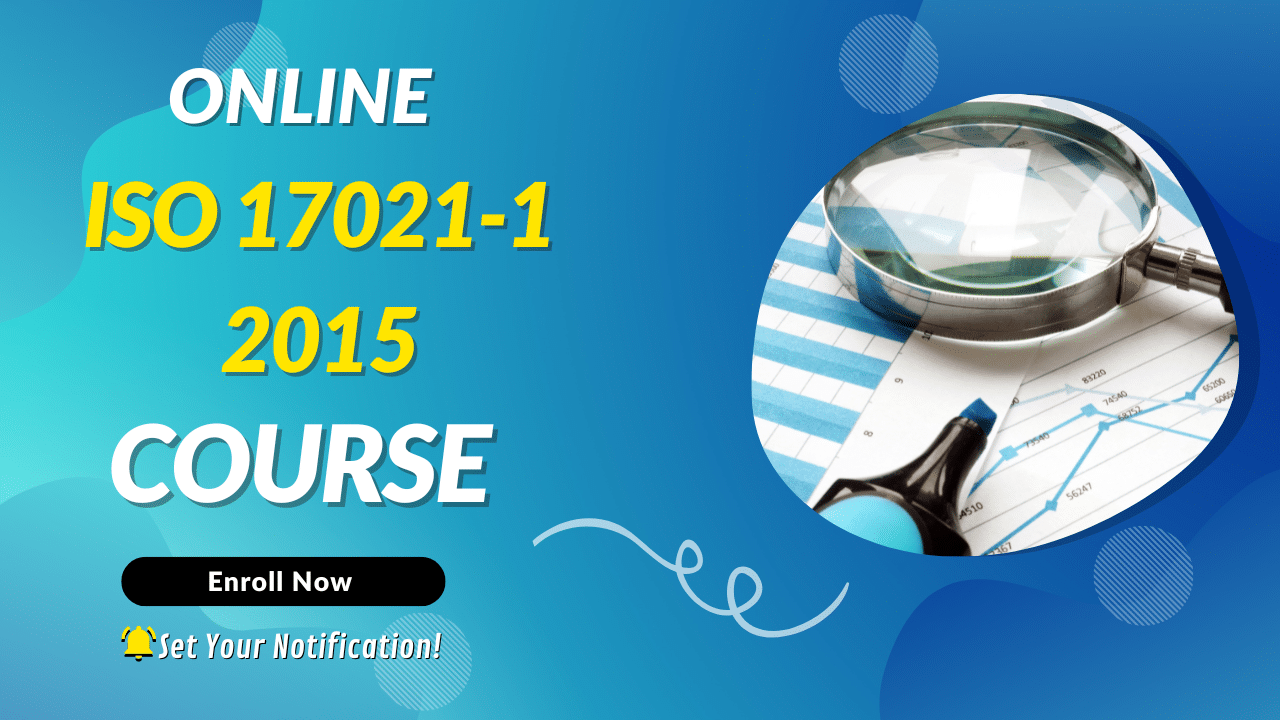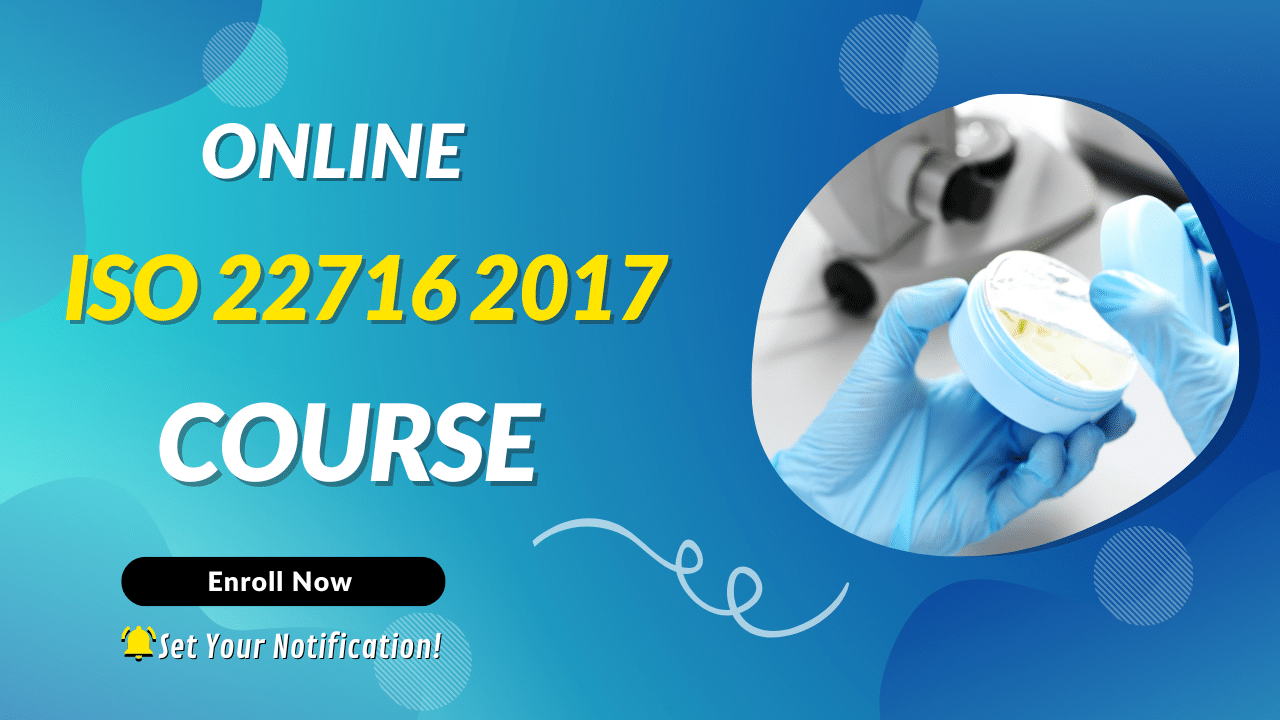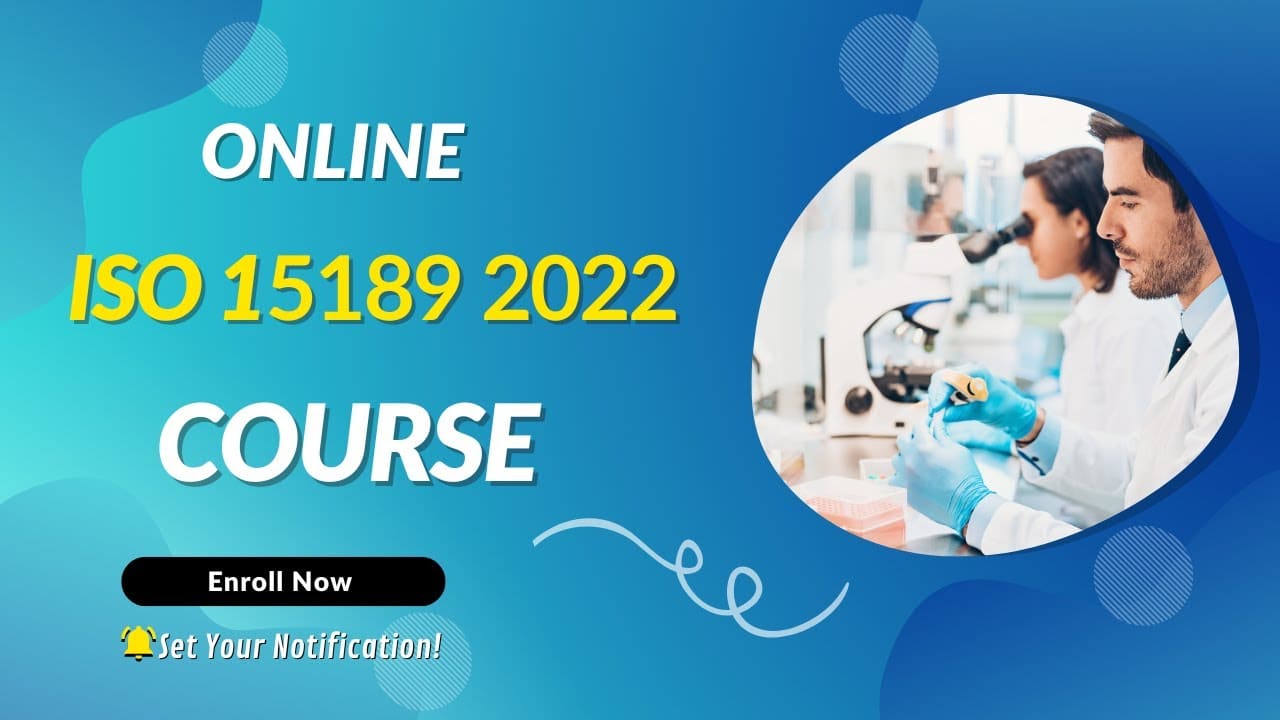Regulatory Impact on ISO 15189:2012 Compliance in Medical Laboratories
Quality assurance in healthcare is paramount, and nowhere is this more evident than in the exacting standards of medical laboratory services. ISO 15189:2012 represents a global benchmark for medical laboratory quality and competence. It is a crucial framework that laboratories around the world strive to adhere to.
Navigating the labyrinth of regulatory requirements can be daunting for laboratories seeking compliance with ISO 15189:2012. Different countries impose various layers of regulations that have direct implications on the accreditation process. This introduction maps out the terrain of regulations impacting ISO 15189:2012 compliance and sets the scene for a deeper exploration.
The subsequent article dissects the complexities of ISO 15189:2012 within the context of regulatory frameworks. It examines the intersection between regulatory requirements and quality management systems, addressing challenges and spotlighting solutions through both theoretical and empirical lenses.
Introduction
ISO 15189:2012 outlines the quality management system requirements specifically tailored for medical laboratories. Established by the International Organization for Standardization, it sets an international benchmark for laboratory operations, emphasizing the quality and competence necessary to improve patient care. Regulatory compliance with this standard assures that laboratories uphold the integrity of their diagnostic processes and the reliability of results, which are crucial factors in clinical decision-making.
The evolution of ISO 15189 has tracked the advancing complexities of medical laboratory technologies and patient expectations. Initially derived from ISO 9001 and ISO/IEC 17025, the standard has seen updates to enhance laboratory practices continually. Compliance with regulations and standards ensures that laboratories operate with professional, ethical, and technical rigor, minimizing the opportunities for error and harm to patients.
Importance of Regulatory Compliance in Medical Laboratories:
- Ensures adherence to international standards for quality and patient safety.
- Promotes consistent operational excellence in laboratory procedures.
- Facilitates global recognition and trust in laboratory results.
- Mandates a culture of continuous quality improvement and preventive action.
- Bolsters the laboratory’s role in safeguarding public health.
By adhering to the ISO 15189:2012 standard, medical laboratories demonstrate their commitment to technical proficiency and management excellence, thereby supporting the overarching goal of enhanced patient outcomes.
Understanding ISO 15189:2012 Requirements
ISO 15189:2012 outlines requirements for quality and competence specifically tailored for medical laboratories. It serves a critical role in ensuring the quality and reliability of laboratory tests, which in turn enhances patient safety and healthcare outcomes. By setting these international standards, ISO 15189:2012 fosters international harmonization, allowing laboratories across the globe to operate under a common set of practices for laboratory activities that support patient care.
Scope and Application: This standard is relevant to medical laboratories of all types and sizes, irrespective of the range of their testing activities. It covers both technical requirements – detailing the calibration of instruments, analytical performance, and the environmental conditions necessary for proper laboratory operation – and management requirements, which provide a framework for the effective running of laboratory services.
Key stakeholders include laboratory personnel, who are responsible for implementing the standards, and regulatory authorities, who may require compliance for licensing. Additionally, accreditation bodies conduct assessments to ensure laboratories meet the requirements laid out by ISO 15189:2012.
Differing from standards like ISO 17025, which applies to testing and calibration laboratories, ISO 15189 is unique in its incorporation of elements necessary for the medical field, such as emphasis on risk management and patient safety, and the specific considerations for the pre-analytical and post-analytical stages of laboratory testing.
Overview of Regulatory Frameworks
International and regional regulatory frameworks play a pivotal role in shaping the compliance landscape for medical laboratories seeking accreditation under ISO 15189:2012012. This standard specifies requirements for quality and competence particular to medical laboratories. Bodies such as the WHO and ISO issue guidelines emphasizing the importance of quality management systems and patient safety to prevent harm to patients.
In the European Union, the In Vitro Diagnostic Regulation (IVDR) oversees the quality and safety of medical devices, impacting laboratory activities that use such devices. Compliance with ISO 15189:2012 can facilitate meeting IVDR requirements for clinical laboratories within the EU.
The U.S. operates under the Clinical Laboratory Improvement Amendments (CLIA), which sets standards for all laboratory testing. Laboratories adhering to ISO 15189:2012’s stringent quality and technical requirements may find alignment with CLIA regulations, positioning them for better analytical performance and quality patient care.
Both regional frameworks underscore the significance of international standards in calibrating laboratory practices toward enhanced outcomes and opportunities for improvement. These regulations necessitate robust internal audits, preventive action, and correctives that align with the standard’s focus on risk management and continual improvement.
Key Regulatory Requirements Influencing ISO 15189:2012
General Regulatory Requirements: Medical laboratories must adhere to the regulatory environment, which consists of adherence to legal, ethical, and mandatory requirements in documentation and record-keeping. ISO 15189:2012 places emphasis on the importance of maintaining accurate, thorough records to ensure traceability and accountability in laboratory activities, promoting patient safety and quality care testing.
Personnel Qualifications and Competence: To comply with international standards, personnel working in medical laboratories should meet prescriptive educational, training, and experience requirements. Management of these laboratories must establish programs for continuous professional development and regularly evaluate the competence of their staff, ensuring they possess the necessary skills for diagnostic accuracy and patient care.
Facility and Equipment Standards: Laboratories are expected to uphold high-quality standards for their facilities and environmental conditions to prevent harm to patients. Regular maintenance, calibration, and validation of medical devices and laboratory equipment help ensure uninterrupted service and consistent analytical performance.
Laboratory Processes and Procedures: The regulations define the need for laboratories to develop and implement comprehensive standard operating procedures (SOPs) for all processes, including pre-examination, examination, and post-examination. Laboratories should also engage in process validation and verification, securing reliability and accuracy in test results, which are integral to patient safety and effective clinical laboratory services.
Impact of Regulatory Compliance on Quality Management Systems (QMS)
Integrating regulatory requirements into the Quality Management System (QMS) is essential for medical laboratories seeking compliance with ISO 15189:2012. This international standard, which outlines requirements for quality and competence in medical laboratories, emphasizes the need for laboratories to adhere not only to technical requirements but also to the relevant regulatory and management system requirements impacting patient care and laboratory activities.
The alignment of a laboratory’s QMS with regulatory standards necessitates rigorous document control and management review processes. These elements ensure that the laboratory’s procedures meet necessary criteria for the calibration of medical devices, the training of laboratory personnel, and the environmental conditions suitable for testing, which in turn guarantee reliable analytical performance and patient safety.
To uphold regulatory compliance, medical laboratories conduct internal audits and engage in continuous improvement practices. Internal audits provide opportunities for improvement by identifying non-conformities, prompting corrective action, and encouraging preventive action. This proactive approach fortifies the laboratory’s commitment to quality, minimizes potential harm to patients, and aligns with both international standards and the stringent expectations of regulatory authorities.
Risk management is another pillar for regulatory compliance, with both ISO 15189 and regulatory bodies placing a strong emphasis on risk management to promote patient safety. Through structured risk assessment within the QMS, laboratories prioritize patient safety and enhance the overall quality of care testing.
Challenges and Solutions in Meeting Regulatory Requirements
Medical laboratories face a daunting task in complying with international standards, such as ISO 15189:2012, due to the complex and ever-changing regulatory environment. Ensuring ongoing compliance goes beyond meeting requirements for quality; it involves integrating quality management systems into every facet of laboratory operations.
Challenges:
- Complex Regulatory Landscapes: Clinical laboratories operate under stringent regulatory requirements that are frequently updated, requiring constant vigilance and adaptability.
- Evolving Regulations: Regulatory authorities update standards, such as ISO 15189:2022, to reflect new medical devices technology, analytical performance expectations, and patient safety measures, hence laboratories must evolve as well.
- Harm to Patients and Public Health: Non-compliance could lead to incorrect patient care testing results, possibly causing harm to patients and impacting public health.
Solutions:
- Robust Compliance Program: Laboratories can develop and implement comprehensive compliance programs that cover all aspects of laboratory activities, from management requirements to environmental conditions necessary for accurate care testing.
- Regulatory Engagement: Engaging proactively with regulatory authorities and accreditation bodies helps laboratories stay ahead of the curve and incorporate new regulations seamlessly.
- Technology Utilization: Leveraging technology for compliance management, including internal audits, corrective and preventive action, ensures continuous adherence to the set technical requirements.
By addressing these challenges through proactive strategies, medical laboratories can maintain the highest standards of quality and patient care while fulfilling regulatory compliance obligations.
Case Studies and Best Practices
Case Study 1: Compliance with European Union Regulations
Medical laboratories across the European Union must adhere to stringent quality management systems to obtain ISO 15189:2012 accreditation. Additionally, the In Vitro Diagnostic Regulation (IVDR) imposes further requirements for quality and patient safety concerning medical devices. To achieve compliance, laboratories undertake a systematic review of their operational procedures, engage in intensive staff training, and align their quality assurance practices with international standards. The result is often an enhanced level of laboratory performance with a clear emphasis on risk management and opportunities for improvement.
Case Study 2: Navigating U.S. Regulatory Requirements
In the U.S., clinical laboratories must comply with both ISO 15189:2012 standards and the Clinical Laboratory Improvement Amendments (CLIA) to ensure high-quality patient care. Compliance is achieved through rigorous internal audits, corrective and preventive actions, and adherence to technical requirements for laboratory personnel and equipment calibration. The culmination of these efforts leads to improved analytical performance and a reduction in potential harm to patients.
Best Practices for Ensuring Regulatory Compliance
- Cultivate a culture that values compliance and patient safety
- Prioritize continuous training for laboratory personnel
- Engage stakeholders with clear and regular communication
Accomplishing regulatory compliance is an ongoing process, requiring attention to internal processes and external quality assessment. Medical laboratories must stay abreast of changes in regulatory requirements to maintain accreditation and contribute to public health.
Conclusion
The regulatory landscape for medical laboratories is complex, with ISO 15189:2012 playing a pivotal role in harmonizing requirements for quality and competence. Compliance with this standard underscores a laboratory’s commitment to excellence in patient care and public health. Regulatory authorities worldwide recognize the importance of ISO 151189:2012, as it aligns with both the technical and management necessities of modern laboratory practices, emphasizing risk management and patient safety.
The ongoing evolution of regulatory standards beckons laboratories to maintain vigilance and adaptability. Laboratories must engage in continuous internal audits, corrective and preventive actions, and participation in external quality assessment to identify and address opportunities for improvement in their practices.
A forward-looking approach anticipates further enhancements in international standards, like the ISO 15189:2022 initiative, which will continue to demand laboratories’ robust quality management systems. Achieving and maintaining accreditation by an accreditation body not only fulfills regulatory requirements but positions laboratories to contribute significantly to the advancement of healthcare outcomes.
By focusing on requirements for quality, analytical performance, environmental conditions, and calibration, and by prioritizing personnel competence and patient safety, medical laboratories can ensure the reliability of diagnostics, minimizing potential harm to patients and amplifying their role in providing efficacious patient care.
References
When exploring the impact of regulatory requirements on the compliance with ISO 15189:2012, it’s essential to consult authoritative sources and industry standards to gain a comprehensive understanding of the context and specifics involved. Below is a list of pertinent references that provide in-depth insights on the subject:
- International Standard: ISO 15189:2012 – The core document outlining requirements for quality and competence in medical laboratories.
- World Health Organization (WHO) Guidelines – Provides guidance on how to meet ISO 15189 standards and improve laboratory quality management systems.
- Clinical and Laboratory Standards Institute (CLSI) Guidelines – Offers detailed protocols that complement ISO 15189 to ensure medical laboratory excellence.
- European Committee for Standardization (CEN) – Publishes harmonized European standards for laboratory services that integrate with ISO regulations.
- National Accreditation Bodies – E.g., UKAS in the United Kingdom, provide specific criteria and guidance for accrediting laboratories according to ISO 15189.
- U.S. Food and Drug Administration (FDA) – Issues regulations and guidelines relevant to laboratories dealing with medical devices that impact practices under ISO 15189.
- Guidance on the Application of ISO 15189 – Publications by various accreditation bodies offering interpretations and advice on implementing the standard’s requirements.
In the pursuit of accreditation and enhancement of laboratory services, these resources are essential for ensuring adherence to international standards, thus safeguarding patient safety and improving the quality of patient care.
| Source | Focus Area |
| ISO 15189:2012 Standard | Core requirements for laboratory accreditation |
| WHO Guidelines | Global health standards and laboratory quality |
| CLSI Protocols | Technical and analytical laboratory procedures |
| European (CEN) Standards | Regional harmonization of laboratory practices |
| National Accreditation Bodies | Country-specific accreditation guidelines |
| FDA Regulations | Medical devices and patient safety |
| ISO 15189 Application Guidance | Support for standard implementation |
Keep in mind that each source may have its own series of documents and updates, for which the latest versions should always be referenced to ensure current information.
Appendix
Resources and Tools:
- Templates for Quality Management System documentation
- Checklists for regulatory compliance verification
Professional Development:
- Training Programs for laboratory personnel
- Certification Courses in ISO 15189:2012 Standards
Regulatory Focus Areas for ISO 15189:2012:
- Quality management systems
- Technical requirements
- Management requirements
Accreditation and Compliance:
- Steps in the accreditation process
- Ensuring continuous compliance through internal audits
Regulatory compliance with ISO 15189:2012 is critical for medical laboratories to ensure the highest level of patient care and safety. This standard focuses on the requirements for quality and competence in medical laboratories, emphasizing risk management. Key components include quality management systems, technical requirements for laboratory activities, and management requirements tailored to the specific environment of clinical laboratories.
The accreditation process involves an assessment by an accreditation body to confirm that a laboratory meets both the international standards and applicable regulatory requirements. Regular internal audits and external quality assessments are pivotal to monitor adherence and identify opportunities for improvement, particularly in analytical performance, environmental conditions, and laboratory personnel competency.
In service of patient safety, laboratories must also have procedures for corrective action and preventive action, ensuring that any potential harm to patients is addressed proactively.
Looking for More Resources on ISO 15189?
If you found this article helpful, explore our premium resources designed to help you achieve ISO 15189 certification efficiently:
- 📦 Complete Documentation Package for ISO/IEC 15189 2022: Get all the essential templates and documents you need for fast, easy implementation.
- 🎓 Online Course on ISO/IEC 15189 2022 : Enroll in our comprehensive training to master the key concepts and practical steps toward certification.
- 📋 ISO/IEC 15189 2022 Checklist: Download our detailed checklist to ensure you’ve covered every step of the process.
These resources are tailored to meet your needs and ensure a smooth certification journey. Explore them today and get one step closer to success!



